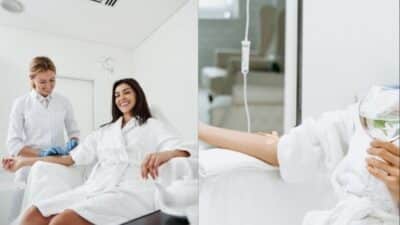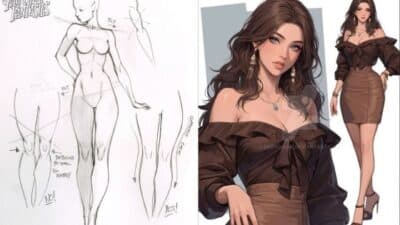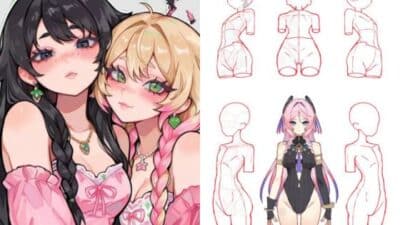Many artists find sketching nude figures essential to improving their skills. Drawing the human body helps develop a strong understanding of anatomy, form, and proportion. Using nude figures as references allows artists to capture lifelike poses and better see how muscles and bones shape the body.
Practice with nude figure sketches also helps build confidence in drawing from observation. Whether working with live models or photo references, artists learn to focus on light, shadow, and the natural curves of the body. This pushes their abilities beyond simple outlines toward more realistic and dynamic drawings.
Access to a variety of poses and models lets artists explore different angles and expressions. Tools like photo libraries and life drawing sessions provide opportunities to study movement and gesture, making nude figure sketching a valuable exercise for artists at any level.
Understanding Nude Figure Sketching
Nude figure sketching helps artists learn how the human body moves and looks from many angles. It involves both technical skill and respect for the model. Knowing the reasons behind this practice, the ethics involved, and the types of poses used makes the process clearer and more meaningful.
Importance of Studying the Human Form
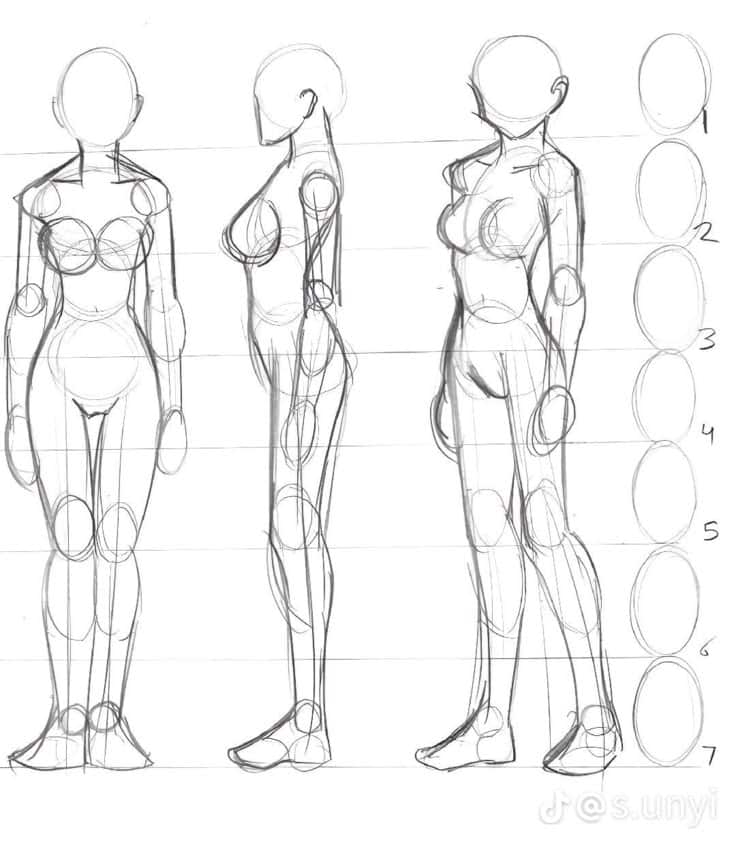
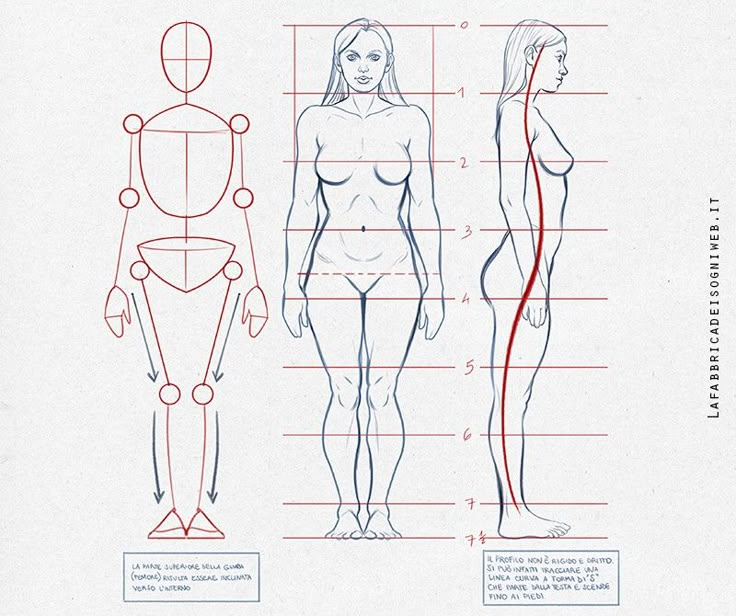
Studying the nude figure allows artists to understand the body’s shape, muscles, and bones directly. This knowledge helps them draw both nude and clothed figures more accurately. Without this foundation, it is hard to capture realistic movement and proportions.
Repeated sketching builds an artist’s skill in observing small details, like how muscles flex or skin folds. This leads to stronger, more confident drawings. Learning anatomy through nude figure drawing is key to mastering human proportions and balance.
Ethical Considerations in Sketching Nudes
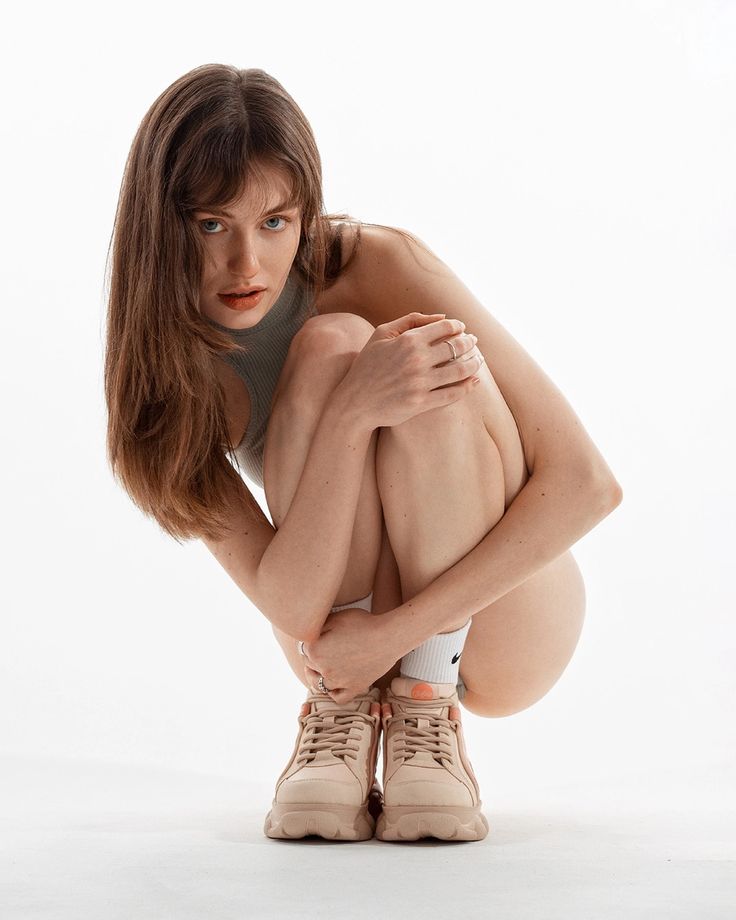
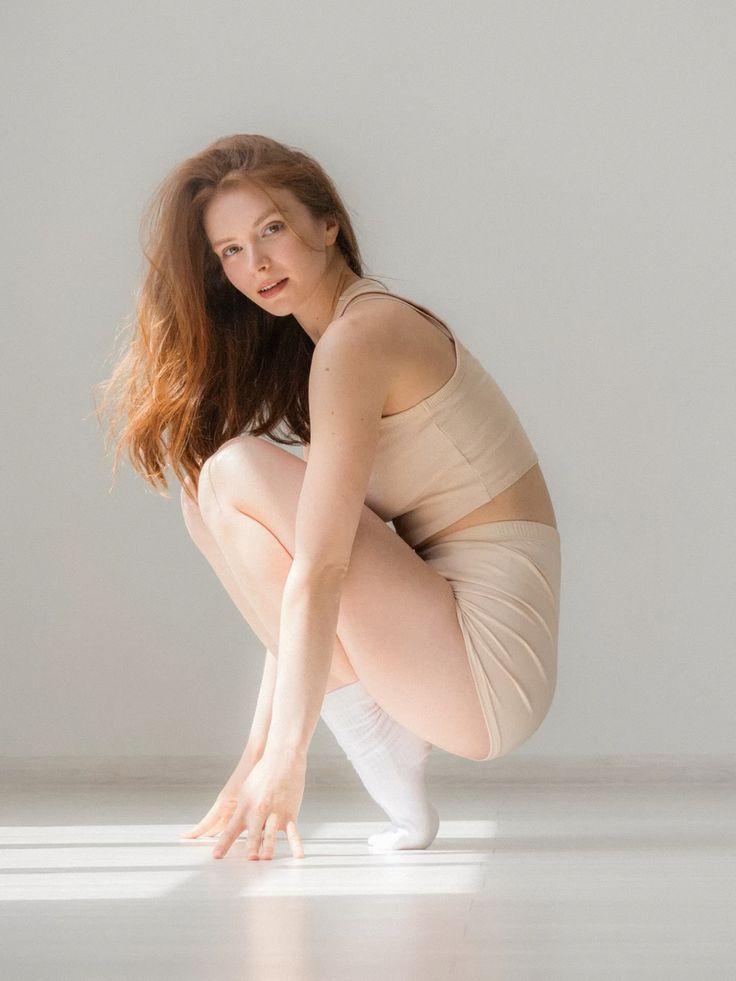
Respect and trust between the artist and model are essential during nude figure sketching. Models should always feel safe and comfortable. Artists must obtain clear permission and follow any agreed-upon boundaries before drawing.
Confidentiality and professionalism are important. The model’s dignity should always be protected, and sketches should not be shared without consent. This respect helps maintain a positive environment for both artists and models.
Types of Nude Figure Poses
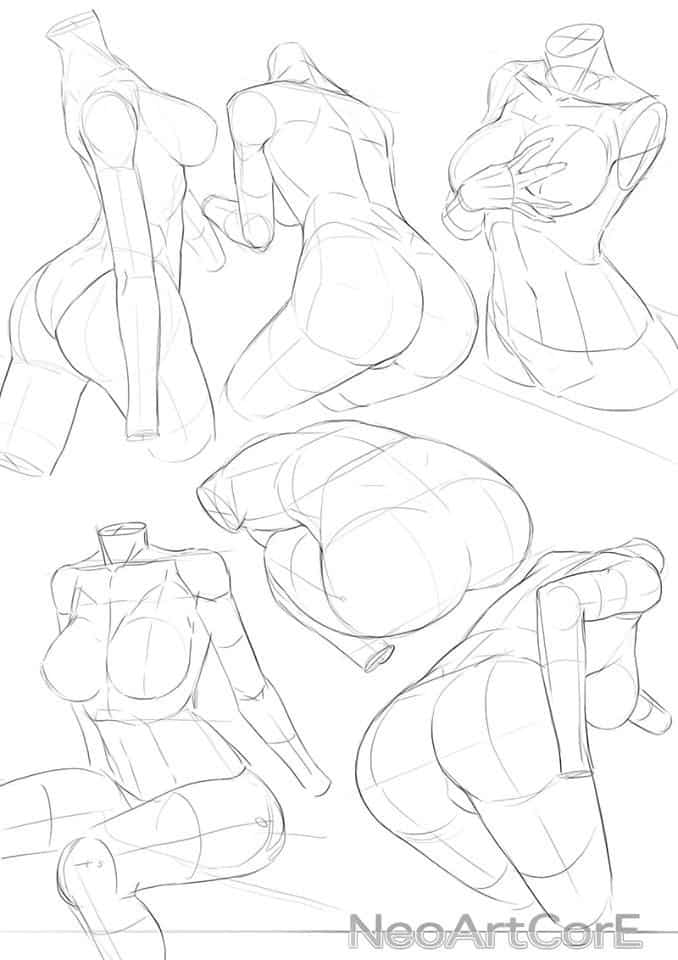
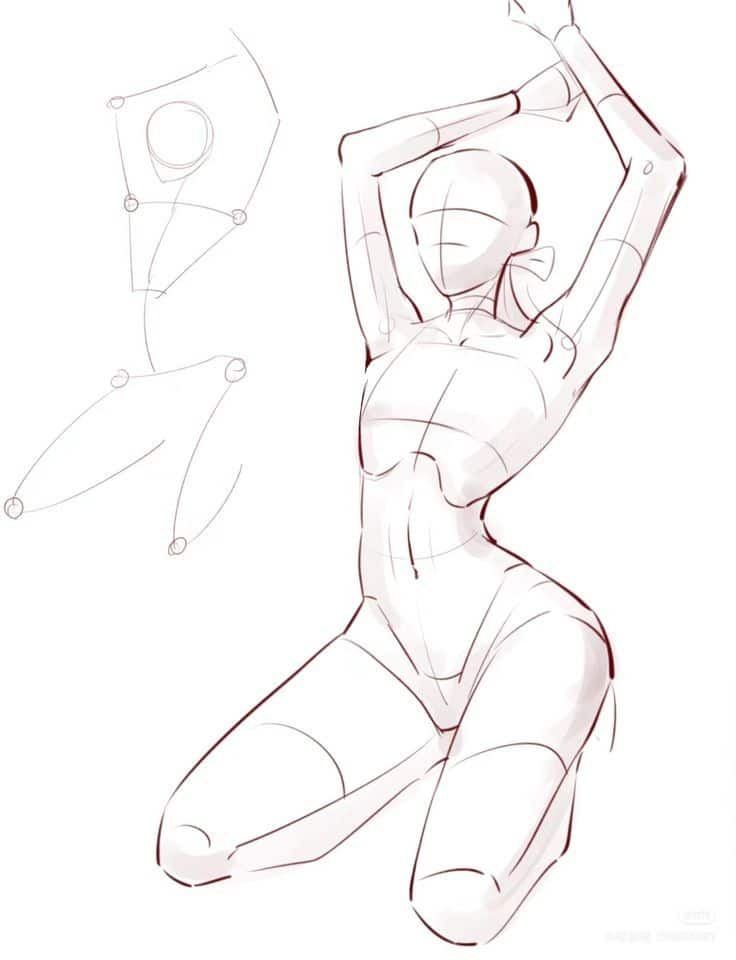
Artists use different nude poses to study the body from many views. Common poses include standing, sitting, kneeling, and reclining. Each pose highlights various muscle groups and body angles.
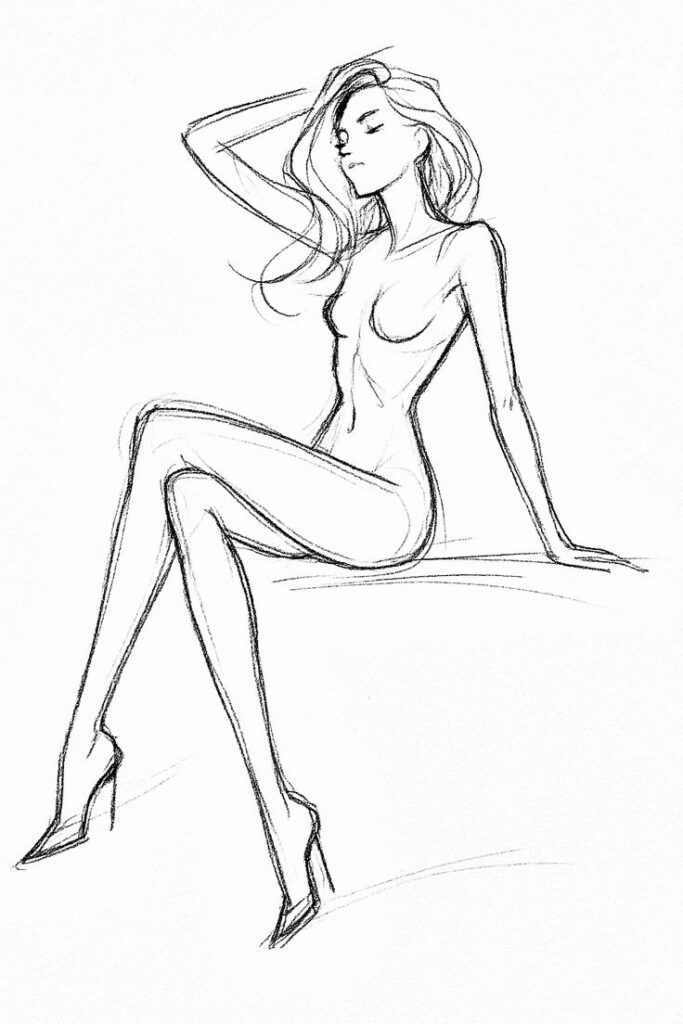
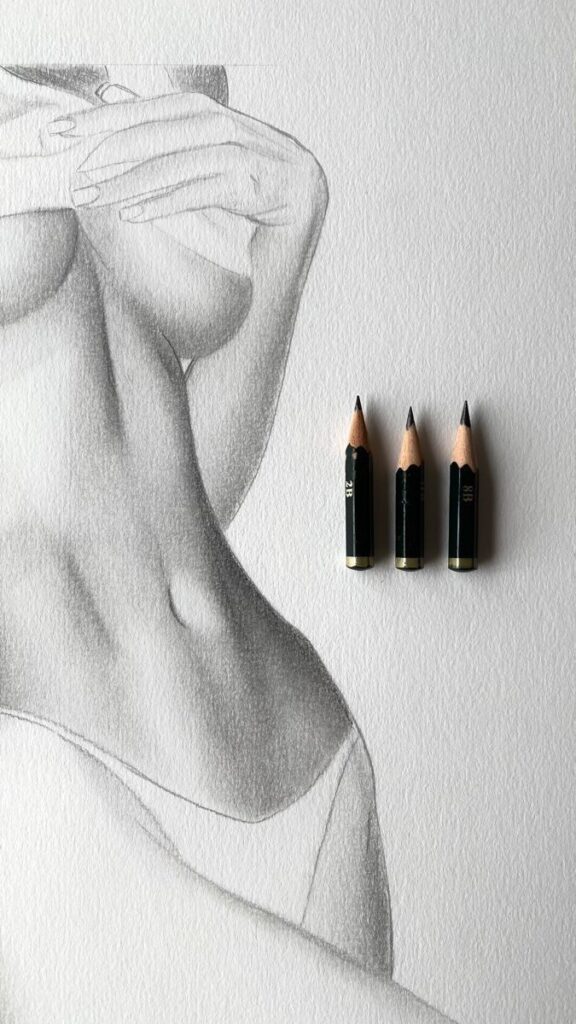
Some poses focus on movement, showing muscles in action. Others are still, emphasizing body shape and balance. Quick sketches might capture fleeting poses, while longer sessions allow more detailed work.
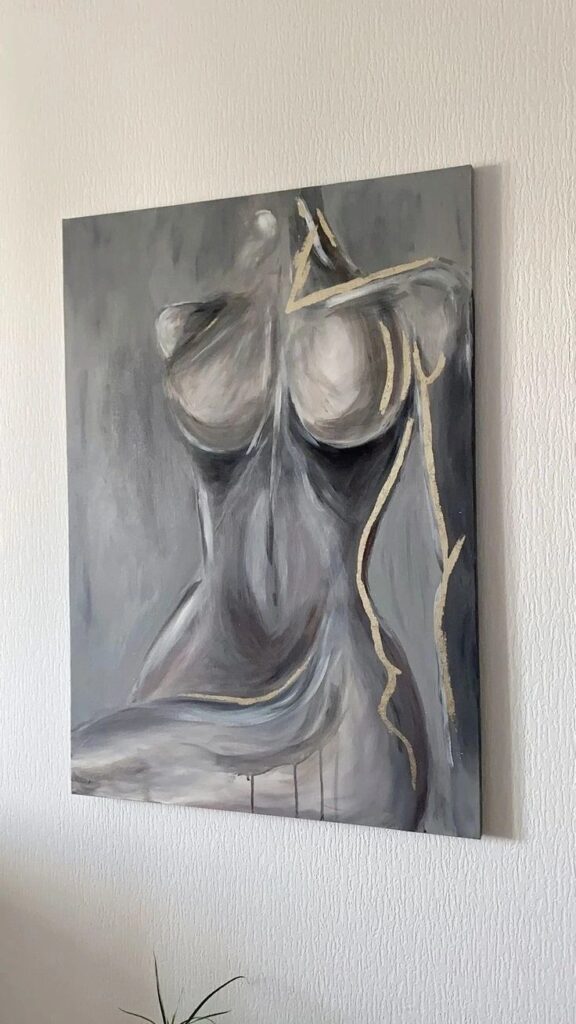
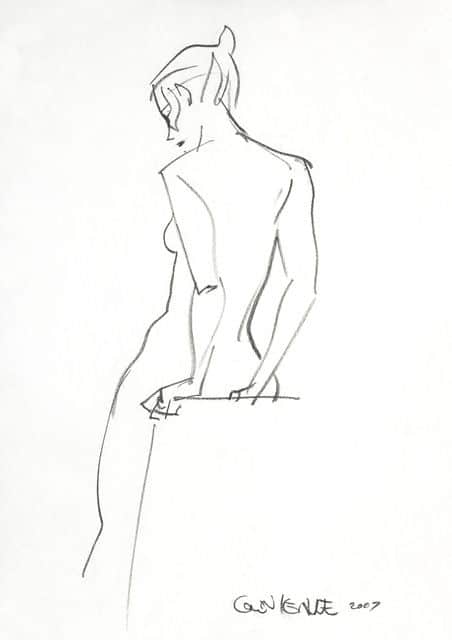
| Pose Type | Description | Purpose |
|---|---|---|
| Standing | Model stands upright | Study posture and balance |
| Sitting | Model sits on a surface | Focus on body folds and weight |
| Kneeling | Model on knees | Show body tension and stretch |
| Reclining | Model lies down | Explore relaxed body forms |
Finding the Best Nude Figures for Sketching
Artists can find nude figures for sketching through several practical options. These include working with live models, using high-quality photo references, and consulting anatomy books tailored for artists. Each method has unique benefits for improving drawing skills.
Using Live Models
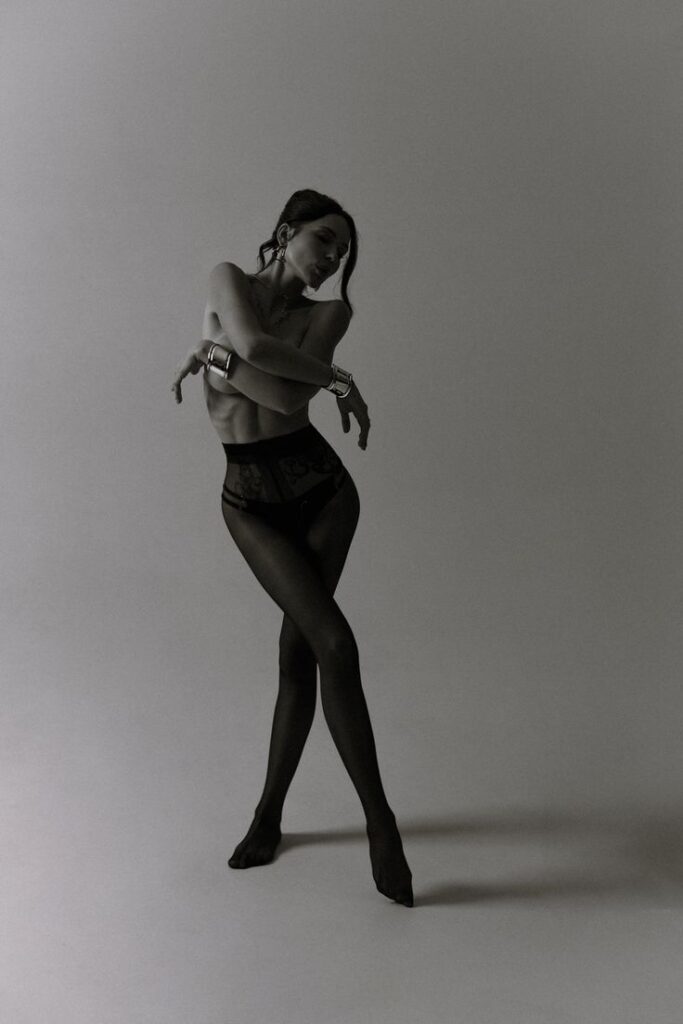
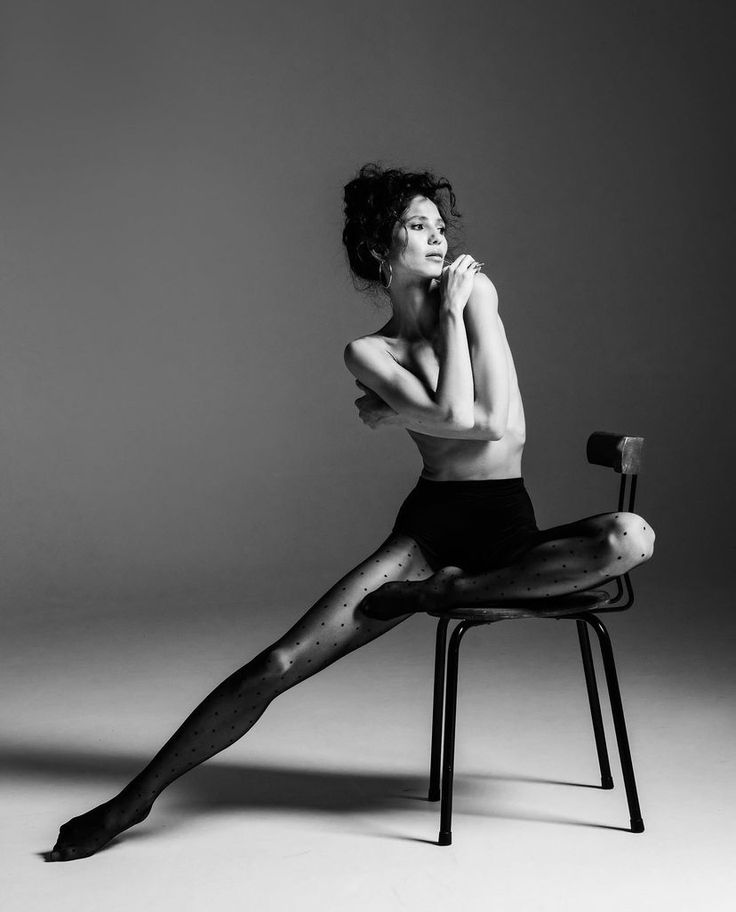
Drawing from live models gives artists a real-time experience with natural poses and lighting. It allows for quick adjustments and the chance to capture subtle details of the human body.
Live sessions also teach the artist to observe movement and form directly. This helps improve understanding of muscle structure and body proportions. Many art schools and studios offer figure drawing classes with nude models.
Working with live models builds confidence in sketching from life. It also encourages artists to react quickly and explore gesture drawing. However, sessions may have time limits and require scheduling in advance.
Reference Photos and Online Resources
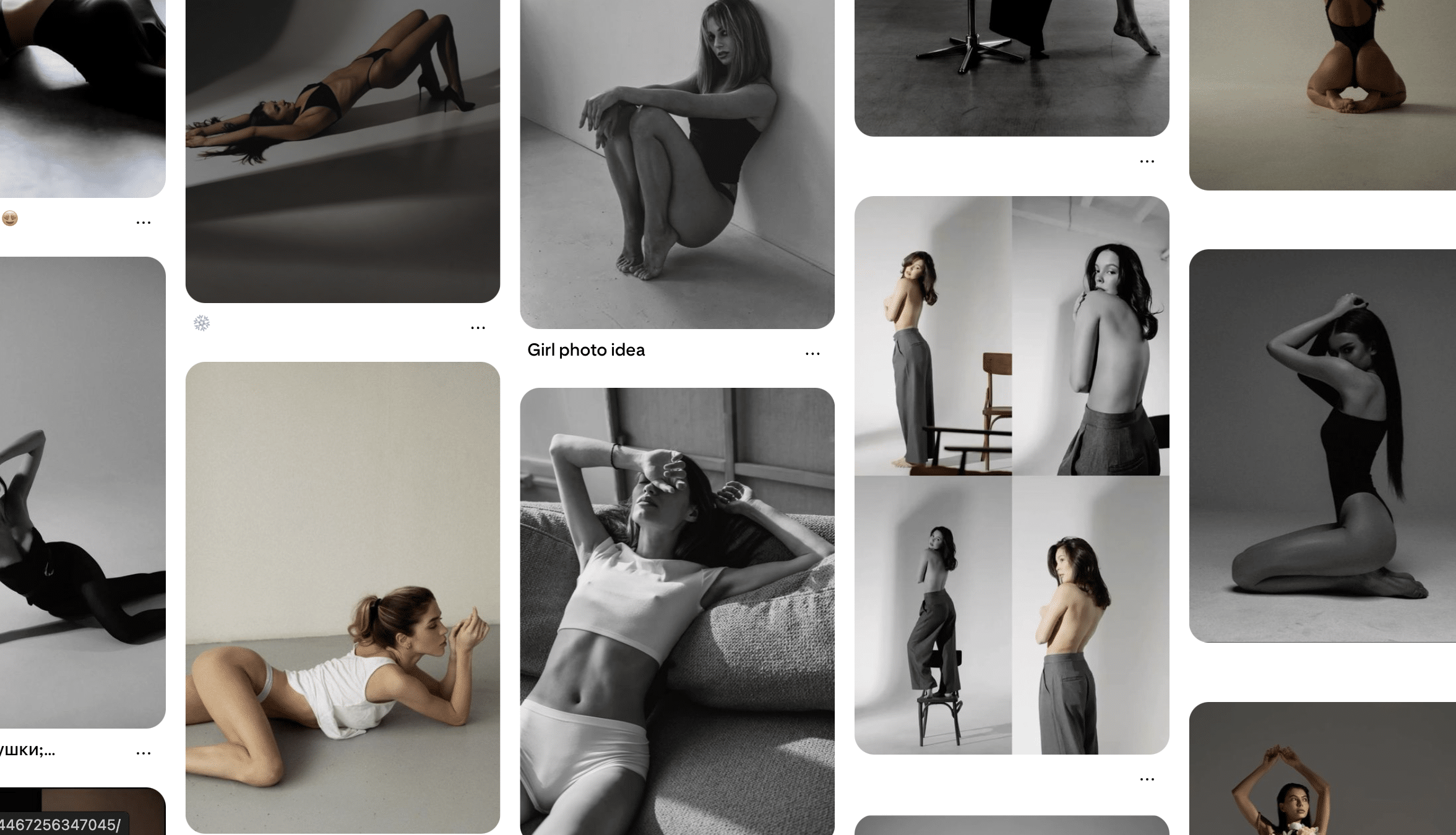
Using photo references is a flexible way to practice nude figure sketching anytime. There are many websites and collections with pose photos designed for artists.
Good photo references offer variety in body types, angles, and lighting. Some resources provide 3D views or multiple images of the same pose. These help artists study form from different perspectives.
Websites such as Pose Reference Library and ArtModels360 offer free or paid high-resolution photos. Digital collections often include hundreds of images with natural, relaxed, or dynamic poses.
Photos let artists work at their own pace and repeat sketches as needed. They also solve the challenge of finding live models nearby. However, photos lack the depth and movement found in live drawing.
Anatomy Books and Artistic References
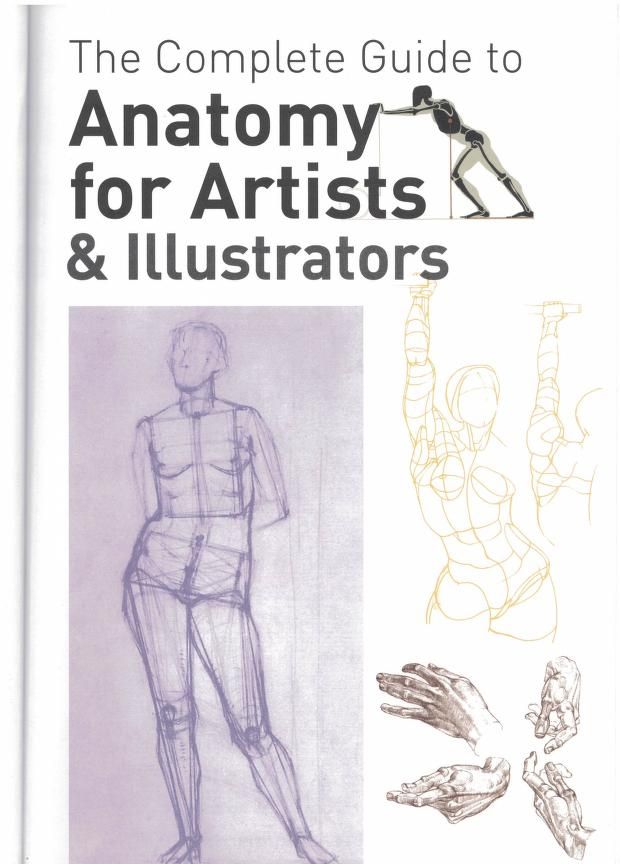
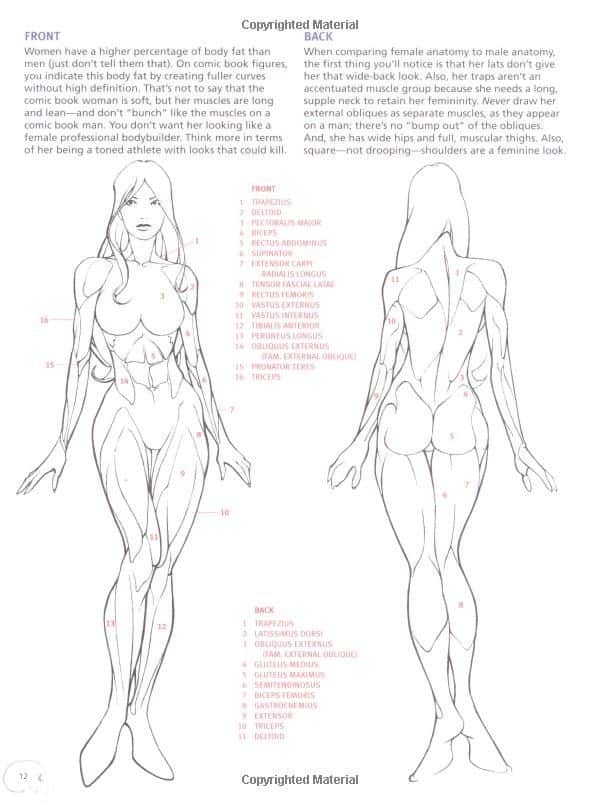
Anatomy books designed for artists explain the structure beneath the skin. These books provide clear diagrams of muscles, bones, and body landmarks. Studying them helps artists draw more accurate and believable figures.
Many books include detailed illustrations alongside tips on shading and proportion. Some focus on female or male anatomy specifically or cover both.
Artistic anatomy references often feature simplified skeletons or muscle studies. These help break down complex body parts for easier understanding.
Using books can deepen an artist’s knowledge of how the body works. Pairing this study with sketching improves both technical skill and confidence. It’s a valuable tool for anyone serious about figure drawing.
Techniques for Sketching Nude Figures
Sketching nude figures involves focusing on the body’s flow, structure, and emotions. Artists work on capturing quick poses, correct proportions, and natural expressions to create lively drawings. Paying attention to these details helps build strong figure sketches.
Gesture Drawing Basics
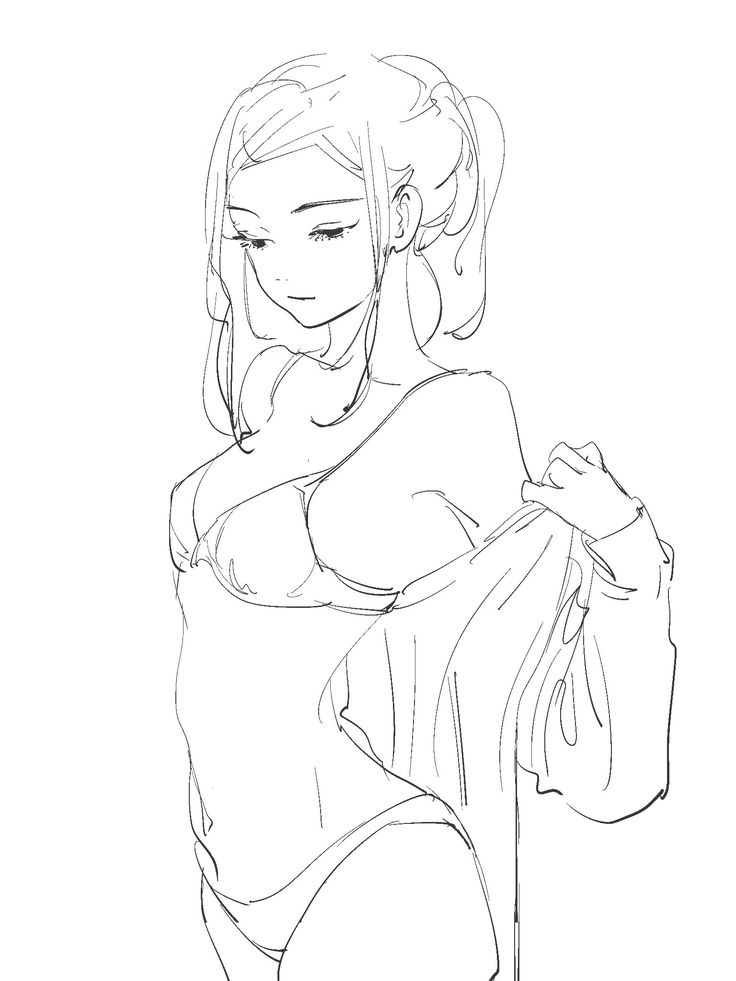
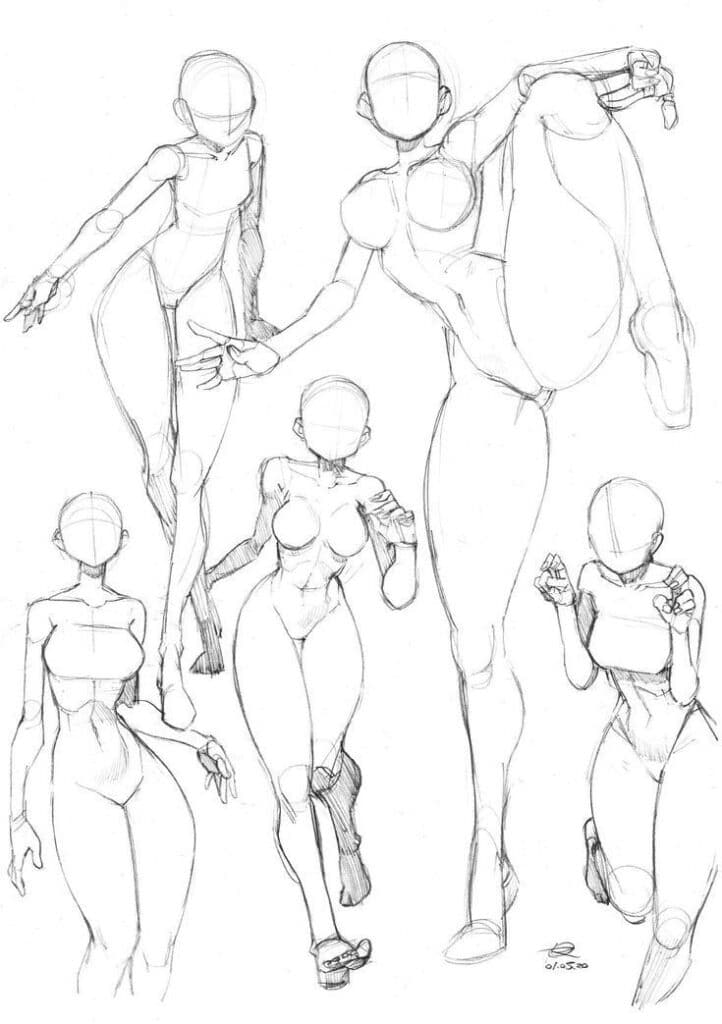
Gesture drawing captures the body’s action and rhythm in a quick way. Artists use loose, flowing lines to show movement instead of details. The goal is to express the energy and posture of the figure in just a few minutes or even seconds.
This technique helps artists warm up and focus on the pose’s overall feel. Using simple shapes and sweeping lines prevents getting stuck on details early. Practicing gestures regularly improves the ability to capture spontaneity and life in a sketch.
Proportions and Anatomy Techniques
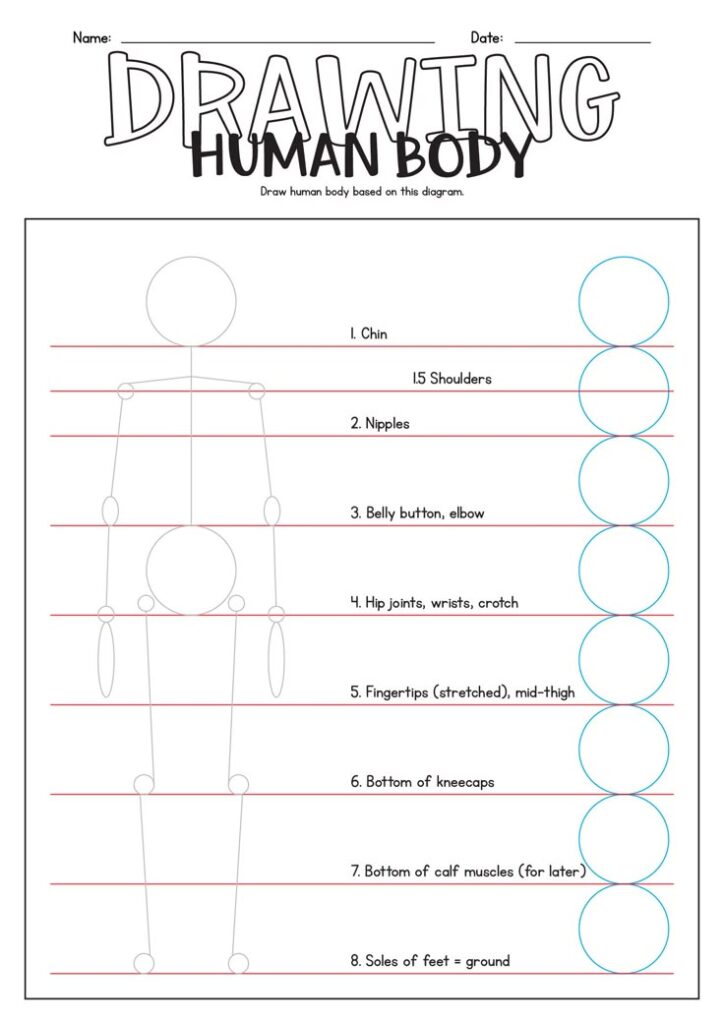
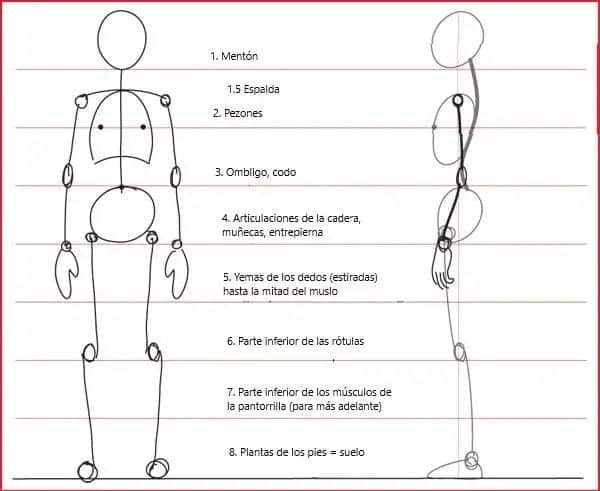
Understanding basic human proportions is key to accurate figure drawing. Artists study measurements like head height, torso length, and limb size to keep the body balanced. These guidelines serve as a map to place body parts correctly on the page.
Knowing simple anatomy helps make the figure believable. Recognizing muscle groups and bone positions adds structure beneath the skin. Using measuring tools or comparing parts helps keep the figure in scale.
Capturing Movement and Expression
Movement in nude figure sketching shows how the body shifts and reacts in space. Artists watch how muscles stretch or relax during different poses. Lines often follow the curves of the body to highlight motion.
Expressions add personality to a drawing. Even subtle changes in posture or facial cues reveal mood and character. Studying light and shadow can also bring out these details, making the sketch feel more real and dynamic.
- 1share
- Facebook0
- Pinterest0
- Twitter1
